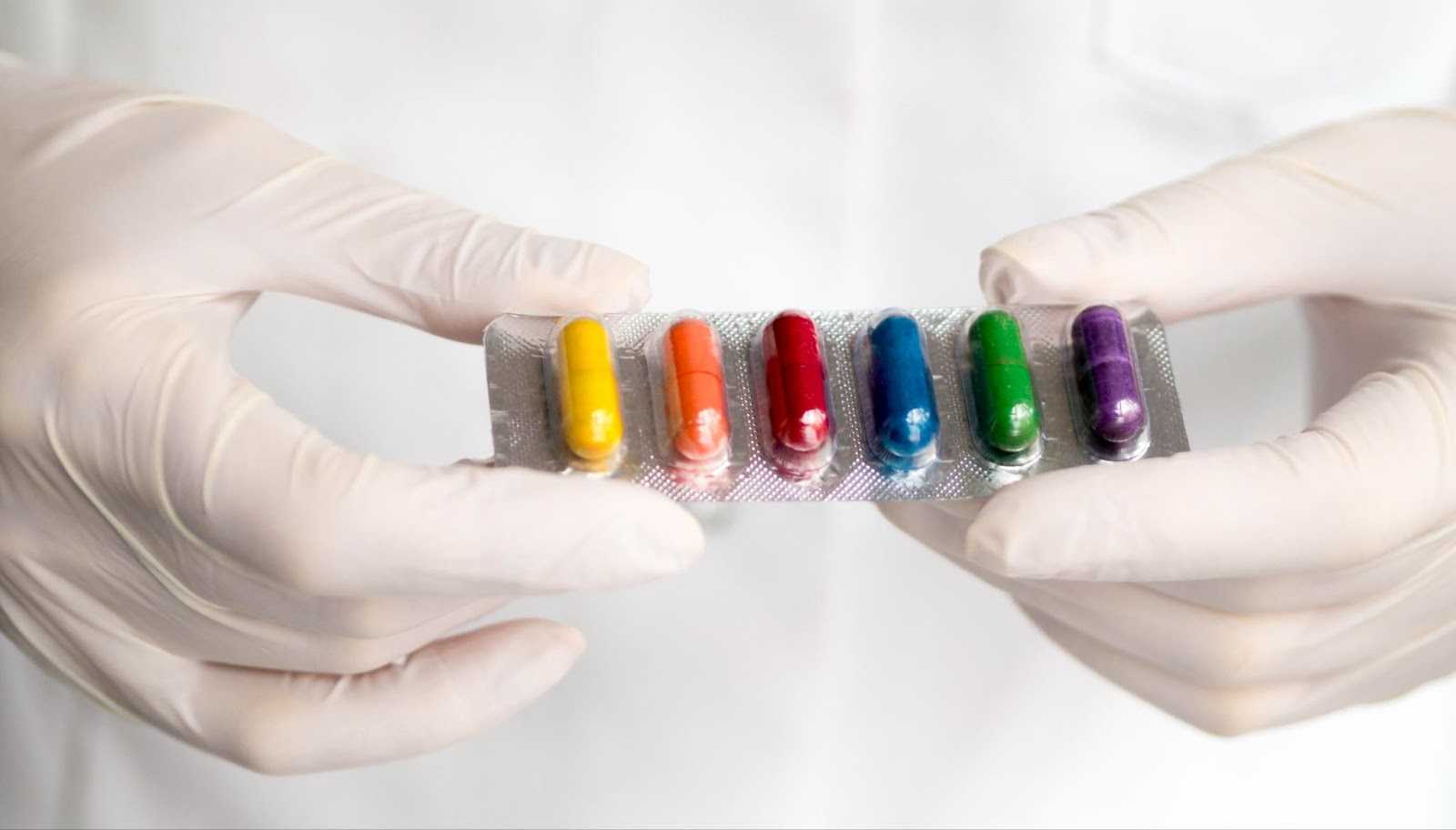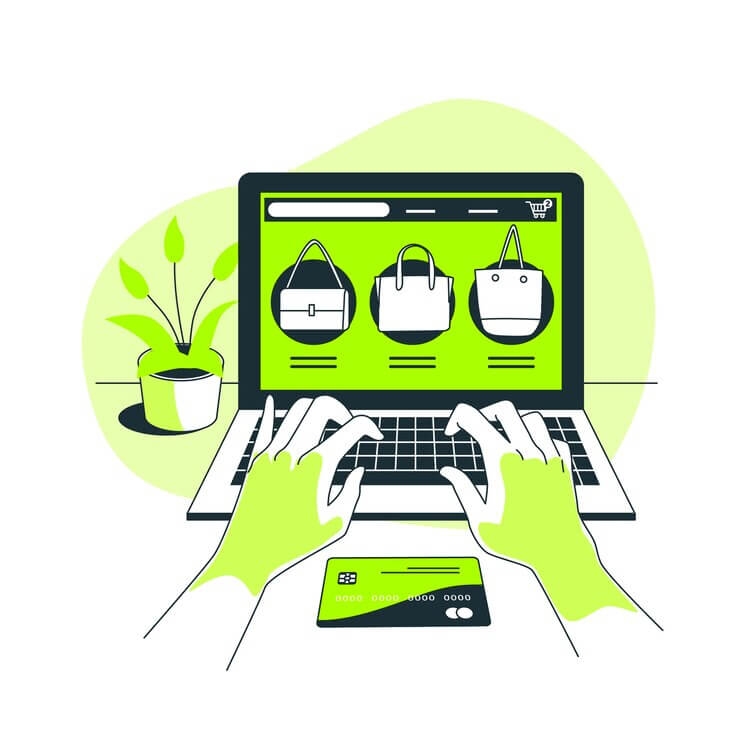

5 Phases of Drug Development
Developing a new drug is a long, detailed, and often challenging process that transforms a scientific concept into a treatment that can be safely and effectively used by patients. It involves many years of research, careful planning, and rigorous testing to make sure the drug not only works as intended but also meets strict safety and quality standards.
VELLIS NEWS
19 Aug 2025
By Vellis Team
Vellis Team
Automate your expense tracking with our advanced tools. Categorize your expenditures
Related Articles

Vellis News
25 August 2025
Private Pay vs. Insurance Pay: The Pros and Cons
When it comes to covering healthcare and therapy costs, two common approaches are private pay and insurance reimbursement. Each option has its own advantages and drawbacks, and both affect not only the provider but also the patient.

Vellis News
10 June 2025
Avoiding Foreign Currency Exchange Scams Online
Many people buy and sell foreign currencies online to snag better rates than what banks offer. The forex market involves massive players like banks, governments, and speculators moving money daily. For individuals, however, the appeal lies in potential savings – but that convenience also opens the door to currency exchange scams.

Vellis News
27 March 2025
Best Techniques to Stop eCommerce Fraud
Fraud costs online businesses at least three billion dollars every year. The number seems to be increasing in the recent times. This means that companies should focus on protecting themselves at all costs. Here are some practices that will help prevent fraud in your online store and will help you to stop eCommerce fraud.
This process requires collaboration among scientists, clinicians, and regulatory experts to navigate complex scientific and legal hurdles. Hence, the “phases of drug development” refer to the standardized steps a new drug must go through before it can receive approval for public use. These stages are designed to systematically confirm the drug’s effectiveness, uncover any potential risks, and satisfy the regulatory requirements set by health authorities. In this article, we’ll walk through the five key phases of drug development, explaining what happens at each step and why every stage plays a critical role in ensuring that new medications are both safe and beneficial for patients.
Phase 0 – Preclinical Research and Discovery
Phase 0, also known as the discovery or preclinical stage, is where drug development truly begins, before any human testing. In this phase, scientists identify disease targets and screen thousands of compounds to find those with potential therapeutic effects. Once a promising compound is selected, it undergoes preclinical testing through in vitro (cell-based) studies and in vivo (animal) models. These tests assess the drug’s safety, toxicity, and potential effectiveness, as well as how it behaves in the body, for example, how it’s absorbed, distributed, and cleared.
The goal is to gather enough evidence to determine if a drug is safe to proceed into human trials. However, most compounds don’t make it past this phase due to poor results or safety concerns. Because this stage is expensive and uncertain, it highlights one of the major biotech funding challenges, investing heavily in research that may never reach clinical trials. Only a small percentage of candidates move on to Phase 1, where testing in humans begins.
Phase 1 – First-in-Human Trials
Phase 1 is the first stage of drug development involving human participants, usually 20 to 100 healthy volunteers. The primary goal is to assess safety, determine a safe dosage range, and identify possible side effects. Researchers start with small doses and gradually increase them while monitoring how the drug behaves in the body – how it’s absorbed, metabolized, and tolerated.
These trials are typically conducted at a single clinical site, where participants are closely observed. Although the focus is not yet on effectiveness, this phase provides vital data needed for further testing. About 70% of drugs move past Phase 1. For anyone looking into how to start a biotech company, understanding this phase is key as it marks the first point where a therapy is tested in humans and evaluated for basic safety.
Phase 2 – Efficacy and Side Effects
Phase 2 trials involve patients who actually have the condition the drug is meant to treat. The focus shifts from just safety to also testing how well the drug works, while continuing to monitor short-term side effects. These trials typically include 100 to 300 participants and use randomized, controlled designs to compare the new drug with a placebo or standard treatment. Researchers often test different dosages to refine how much and how often the drug should be given.
What’s more, phase 2 plays a critical role in identifying whether a treatment shows enough promise to move forward. Financially, this phase can be a heavy lift for startups, requiring steady cash flow and reliable systems. Choosing the right biotech payment processor becomes essential for managing clinical trial expenses and keeping operations running smoothly.
Phase 3 – Large-Scale Validation
Phase 3 is a crucial stage in drug development that plays a key role in securing regulatory approval. At this point, the drug undergoes large-scale clinical trials involving hundreds to thousands of patients who have the condition it’s meant to treat. These trials take place across multiple centers and regions to ensure the findings apply to diverse populations and real-world settings.
The main purpose of Phase 3 is to confirm the drug’s effectiveness on a broad scale while carefully monitoring for adverse reactions and collecting detailed safety data. Researchers also compare the new drug against existing standard treatments or placebos to evaluate its benefits and risks in a realistic context. Because of the large number of participants and the diversity in patient characteristics such as age, health status, and coexisting conditions, it’s important to understand that Phase 3 provides the most comprehensive and reliable data on how the drug performs across different groups. This extensive evidence forms the foundation of the final submission to regulatory agencies like the FDA or EMA. Furthermore, their approval is largely based on Phase 3 results, making it a critical step before a drug can be made available to the public and prescribed widely.
Phase 4 – Post-Marketing Surveillance
Phase 4 begins after a drug has been approved and released to the public. At this stage, the focus shifts to ongoing monitoring in real-world settings to track long-term safety, rare side effects, and overall effectiveness in a broader population. Unlike earlier trials, Phase 4 relies heavily on reports from healthcare providers, patients, and formal pharmacovigilance programs. This real-world data helps identify issues that might not have appeared during clinical trials, especially in diverse or high-risk groups.
In addition to all of the above, the findings from Phase 4 can have major implications. They may lead to updates in dosage recommendations, new safety warnings, changes to the drug’s label, or if serious risks emerge, the drug being restricted or removed from the market altogether. It’s a vital phase that ensures continued patient safety after approval.
The Importance of Each Phase in Drug Development
Each phase in drug development plays a distinct, essential role, building on the last to create a full picture of a drug’s safety, effectiveness, and real-world impact. Phase 0 starts with early safety and screening, while Phases 1 through 3 gradually expand testing, from healthy volunteers to larger patient groups. Phase 4 continues monitoring after approval, catching long-term or rare effects. This structured approach is required by regulatory bodies to ensure drugs are both effective and safe before reaching the public. Skipping steps or rushing the process can lead to serious consequences, ineffective treatments, harmful side effects, or public health risks. The phased model protects patients by identifying issues early, reducing risk, and building trust. At the same time, it gives scientists and companies a clear path to bring new therapies to market in a responsible, innovative way.
FAQs
What are the 5 phases of drug development?
The five phases include discovery/preclinical, Phase 1, Phase 2, Phase 3, and Phase 4 (post-market).
Why is preclinical testing important before human trials?
It helps identify toxicities, proper dosage ranges, and whether the compound has potential therapeutic value.
How long does each phase typically take?
This may vary. However, the estimation goes as follows: Preclinical: 1–2 years, Phase 1: several months, Phase 2: 1–2 years, Phase 3: 2–4 years, Phase 4: ongoing.
Can a drug be approved without completing all phases?
Under special circumstances (e.g., accelerated approvals or emergencies), some phases may be abbreviated but not skipped.
Who regulates the drug development process?
Agencies like the FDA (U.S.), EMA (Europe), and PMDA (Japan) oversee the process and grant approvals.
What happens if a drug fails a phase?
If a drug fails to show safety or efficacy at any phase, it is typically discontinued or re-evaluated for reformulation.
References
DMD Warrior: Explore Of 5 Phases In Drug Development
https://dmdwarrior.com/drug-development-phases/
Frontiers: Drug discovery and development: introduction to the general public and patient groups
https://www.frontiersin.org/journals/drug-discovery/articles/10.3389/fddsv.2023.1201419/full
Patheon Pharmacy Discovery: Exploring the five phases of drug development
https://www.patheon.com/us/en/insights-resources/blog/drug-development-phases.html
Science Direct: Drug Development
Pacific Biolabs: Stages of Drug Development
https://pacificbiolabs.com/stages-of-drug-development

Ready to transform your financial management?
Sign up with Vellis today and unlock the full potential of your finances.
Related Articles

Vellis News
14 April 2025
The Tax Implications of Opening a Foreign Bank Account
In plain words, a foreign bank account for tax purposes refers to any financial account held at a bank or financial institution located outside an individual’s or business’s home country. Owning such an account may trigger compliance and reporting obligations, including the need to disclose the account to tax authorities, depending on the laws of […]

Vellis News
31 March 2025
Mastering Fee Negotiations: How to Get the Best Rates with a High-Risk Payments Processor
Finding the best rates with a high-risk payment processor can be challenging. High-risk merchant accounts often come with expensive payment processor fees, but with the right negotiation strategies, you can get high-risk payment solutions at a lower cost.

Vellis News
14 July 2025
Subscription Line of Credit Private Equity Explained
A subscription line of credit is a short-term loan used by private equity (PE) funds to access cash quickly without immediately calling capital from limited partners (LPs). It helps general partners (GPs) act fast on deals while streamlining capital calls.
We use cookies to improve your experience and ensure our website functions properly. You can manage your preferences below. For more information, please refer to our Privacy Policy.
© 2025 Vellis Inc.Vellis Inc. is authorized as a Money Services Business by FINTRAC (Financial Transactions and Reports Analysis Centre of Canada) number M24204235. Vellis Inc. is a company registered in Canada, number 1000610768, headquartered at 30 Eglinton Avenue West, Mississauga, Ontario L5R3E7, Canada.

